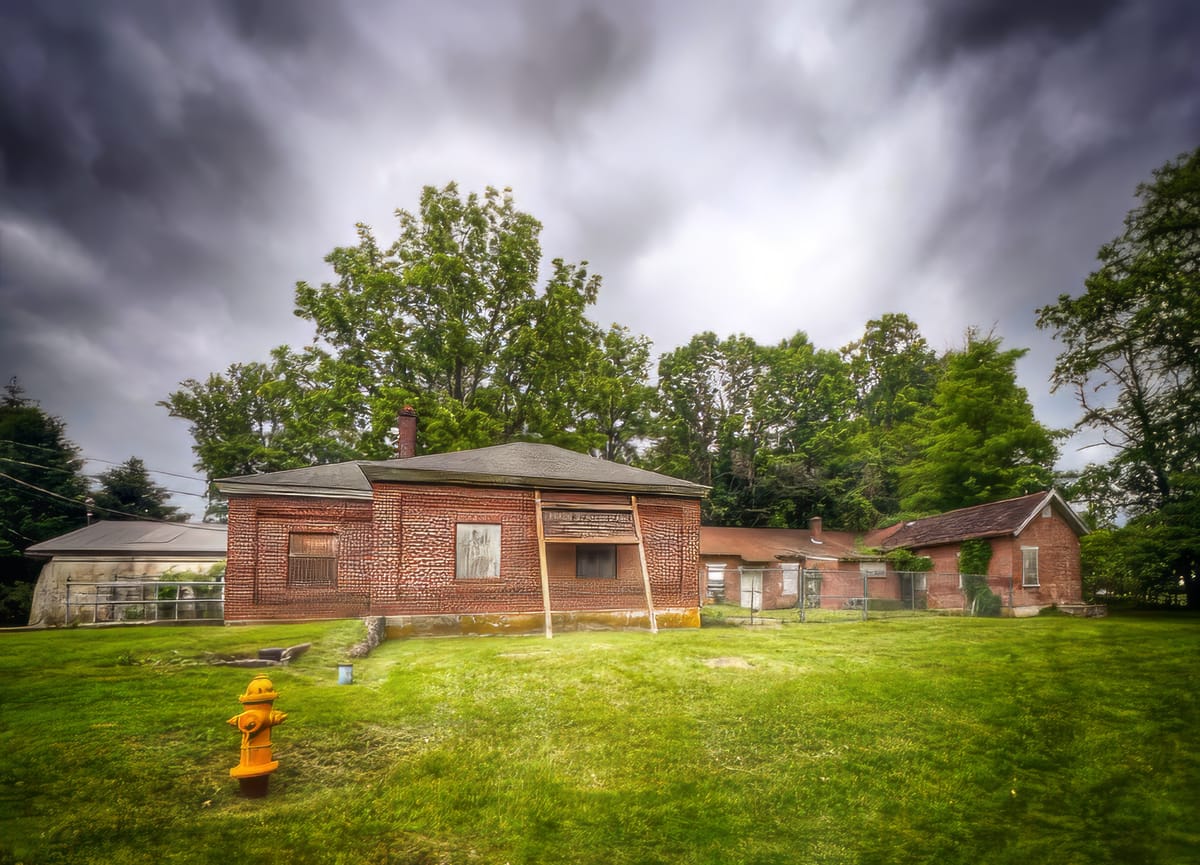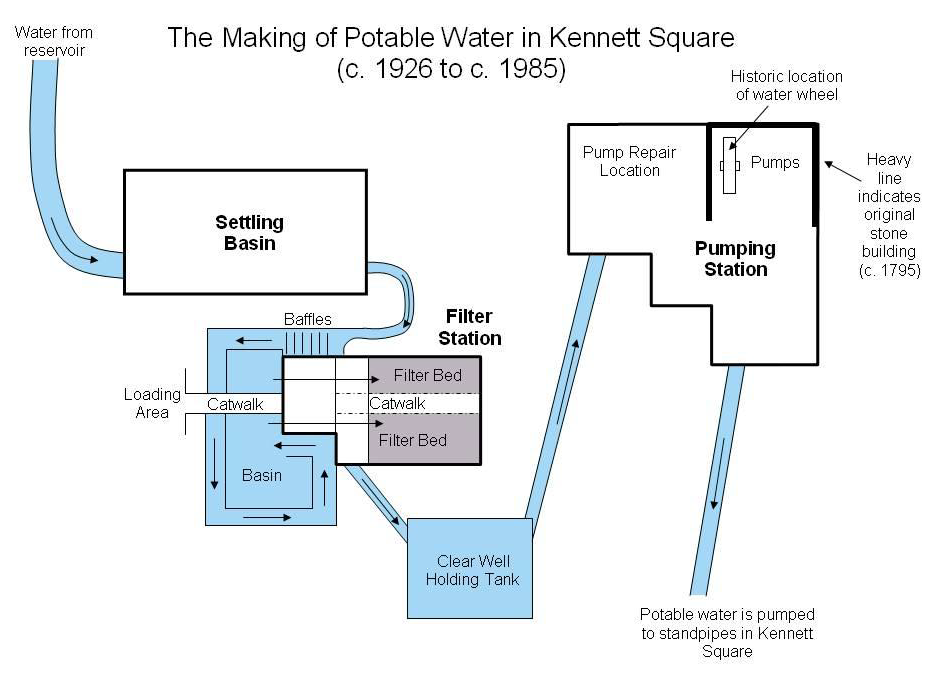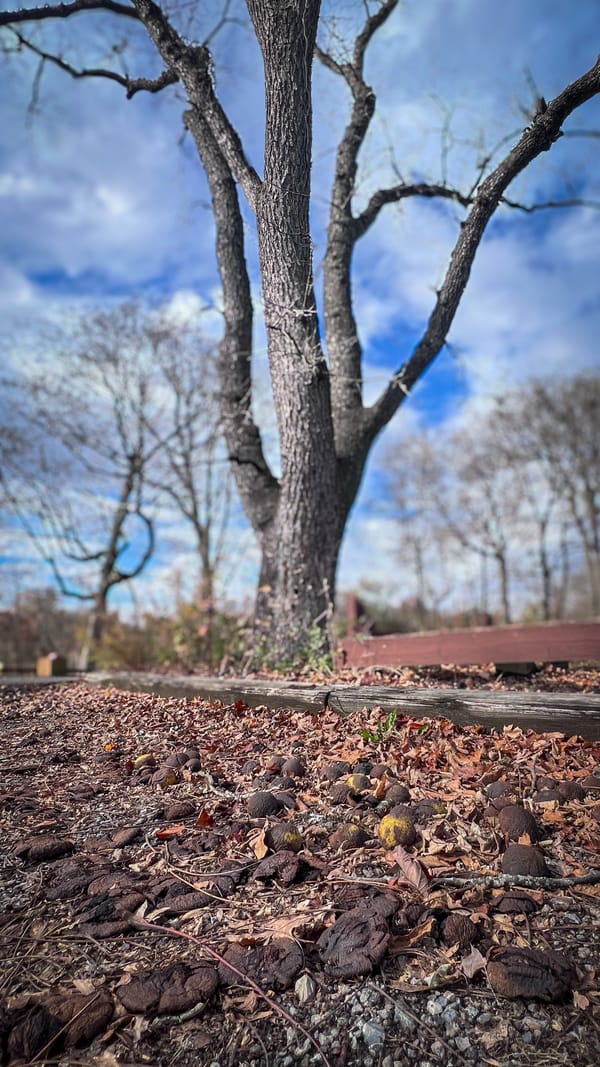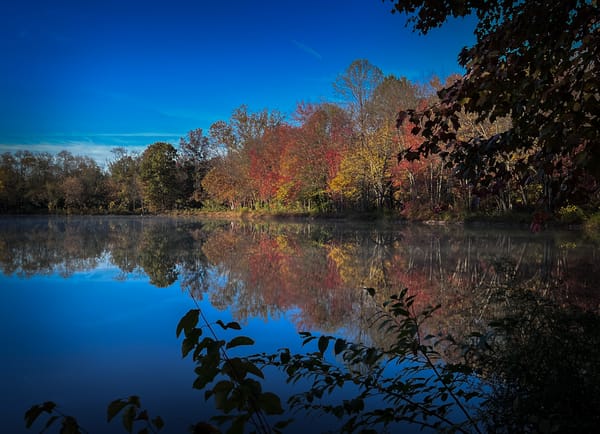Waterworks

This is a chapter in an occasional series about the history of Anson B. Nixon Park.
Previous entries
At the Foot of the Mountains
Landfill To Park
Early Kennett Square villagers got their water from wells, cisterns, springs, or the Red Clay Creek. Individual households or groups of households were responsible for obtaining their own water for all daily needs. As the town expanded and population density increase this approach became more difficult and less practical.
Waterworks had been constructed in a few major cities and larger towns by this time, but they were not common. When a number of prominent citizens organized and incorporated the Pure Spring Water Company around 1842 it was the second enterprise of it's kind in Chester County. The company initially pumped water from the East Branch of the Red Clay Creek to a reservoir built between Linden and Maple streets (where the parking garage is today) distributing it through terra cotta pipes.
These pipes delivered water to street hydrants where residents filled containers to carry home. Indoor plumbing was still some time off.
In 1855 the village was officially organized into a borough under a recent Pennsylvania law. The newly formed Borough of Kennett Square began purchasing stock in Pure Spring, eventually acquiring the entire company
In 1869 a new reservoir (30 feet square and 10 feet high) replaced the old one in the same location between Maple and Linden Streets.
During the decade between 1860 and 1870 the towns population increased by 45% (from 606 to 884)
John T. Chamber’s mill diverted water from the creek upstream of the waterworks pump. In the late 1870's renovations at the mill reduced the amount of water that reached the borough pump, and drove the water wheel that powered the pump. In response the Borough purchased a steam engine to power the pump, but it was inadequate to the task. To get sufficent water for the borough they asked John T. Chambers to sell them his mill but considered the asking price ($18,000.00) too high.
The only other viable option open to them at the time was the west branch of the creek. Testing determined each of the branches provided similar quality of water. Within a year the borough had purchased Sharpless Mercer’s mill property along the West Branch for $13,500.00
The farm portion (dwelling, barn, and 30 acres was sold for $5,000, and an additional $6,606.00 was spent to get the new works operational, bringing the net cost of the Mercer venture to $15,106.00.
Water from this new system, utilizing a boiler, steam engine, and turbine, began flowing to hydrants in late 1873. The new arrangement, although controversial, was working.
The Panic of 1873, a financial crisis sparked by the collapse of railway investments and banking failures. John Chambers had been developing a method of producing asbestos paper, but before it could realize the investment the panic led to the failure of his business partners, and the resulting debt put his property into receivership.
Once this became common knowledge residents began agitating for the waterworks to be moved yet again.
The Borough purchased the Chambers property in December 1875, for $8,000 and sold the Sharpless Mercer mill for $4,500. This series of transactions led to considerable public criticism. The net cost of the waterworks after all of this back and forth was about $18,000.00
The Borough retained 4 acres around the Chambers mill and sold the remaining acreage to Mary A. Jackson (John T. Chambers mother-in-law)
The existing stone mill building became the pumping station employing the existing 18-foot diameter overshot waterwheel alongside steam-powered pumps.
Between 1870 and 1880 the borough population grew from 884 to 1021. The dry summer of 1881 led the Borough to construct a dam to the northeast diverting lost of the flow from a branch feeding into the Red Clay The resulting reservoir that flowed in a man-made race west to the waterworks. Portions of the park's entrance road from Walnut Street roughly follow the race that directed water from the northeast reservor to the waterworks.
This configuration would remain basically unchanged for the next forty years.
A snapshot of the configuration as it was in 1908 from Sanborn Fire Insurance maps. These maps enabled fire insurance companies to assess risk.
By 1920 reached 2,308, (more than double the population when the last significant changes had been made in 1881). By 1930 it would increase another 35% to 3,091. This growth required expansion, and the relatively new phenomena of indoor plumbing (especially flush toilets) created an entirely new demand on the system.
Another important issue was water purity. Up to this point the only real purification measure was the sediment settling out in the standpipes.
A 1925 bond referendum was successful, and a comprehensive renovation and enlargement of the Water Works was underway in 1926.
In 1926 a new 500,000 gallon reservoir was created to the northwest with and the old 1881 reservoir to the northeast across Walnut Street was drained by 1937.

The water now flowed into a a large, open-topped, reinforced concrete settling basin constructed west of the pumping station to allow larger impurities to settle out of the water.
Settled water then went to two rapid sand filters, each able to filter 500,000-gallons The Sand filters removed smaller particles, and bacteria, a substantial improvement in water clarity and purity. The sand filters were housed in a new brick filter station just south of the settling basin.
The Pumping Station was equipped with new electric centrifugal pumps and the 18' water wheel was retained to operate a backup pump.
New pipes were laid into the Borough, and a new 60-foot standpipe with a 564,000-gallon capacity was constructed in town.
A second larger reservoir with a capacity of 3.2 million gallons was constructed in 1934 partly as a Public Works Administration project during the Great Depression
A new 45-mile water line from the Chester Municipal Water Authority was laid through Kennett in 1950.
Borough Council ordered the installation of water meters in houses in 1955 to manage increasing usage and generate revenue.
Faced with ongoing water shortages a new well drilled near Street Road significantly increased the available water.
In the 1970's a system of weirs, baffles, and an in-ground holding basin replaced the settling basin and chemical treatment began.
The sand filters were still in use and required twice-daily backwashing to remove accumulated sediment. Soiled backwash water was discharged into the East Branch of the Red Clay Creek.
Stricter environmental standards controlling the discharge of backwash water, and the cost of maintaining or replacing a 60-year-old system led to the closure of the waterworks in 1984.
With the closure the Borough started purchasing all its water from the Chester Water Authority.
In 1990 the Borough sold the waterworks property to the Kennett Area Park Authority.




